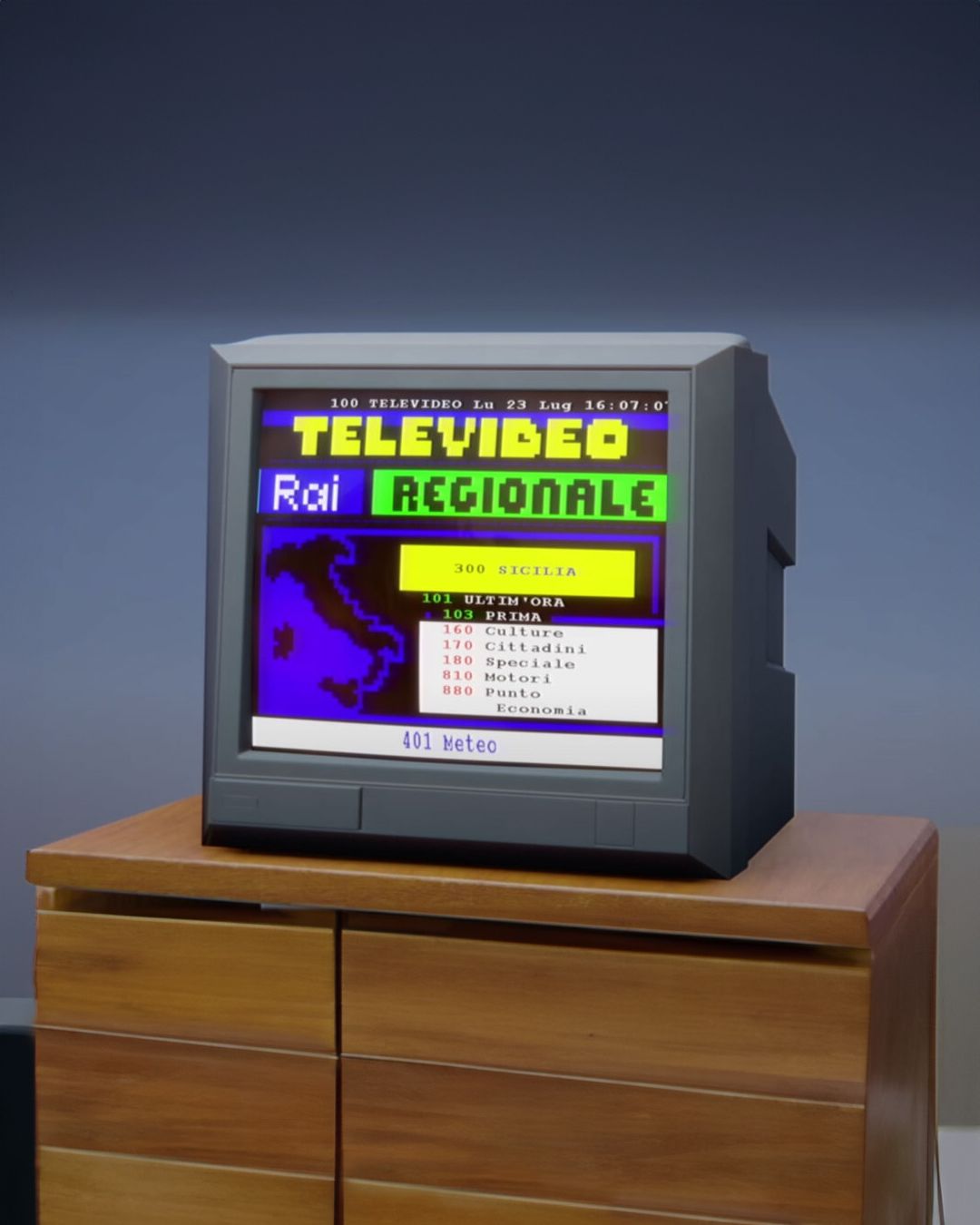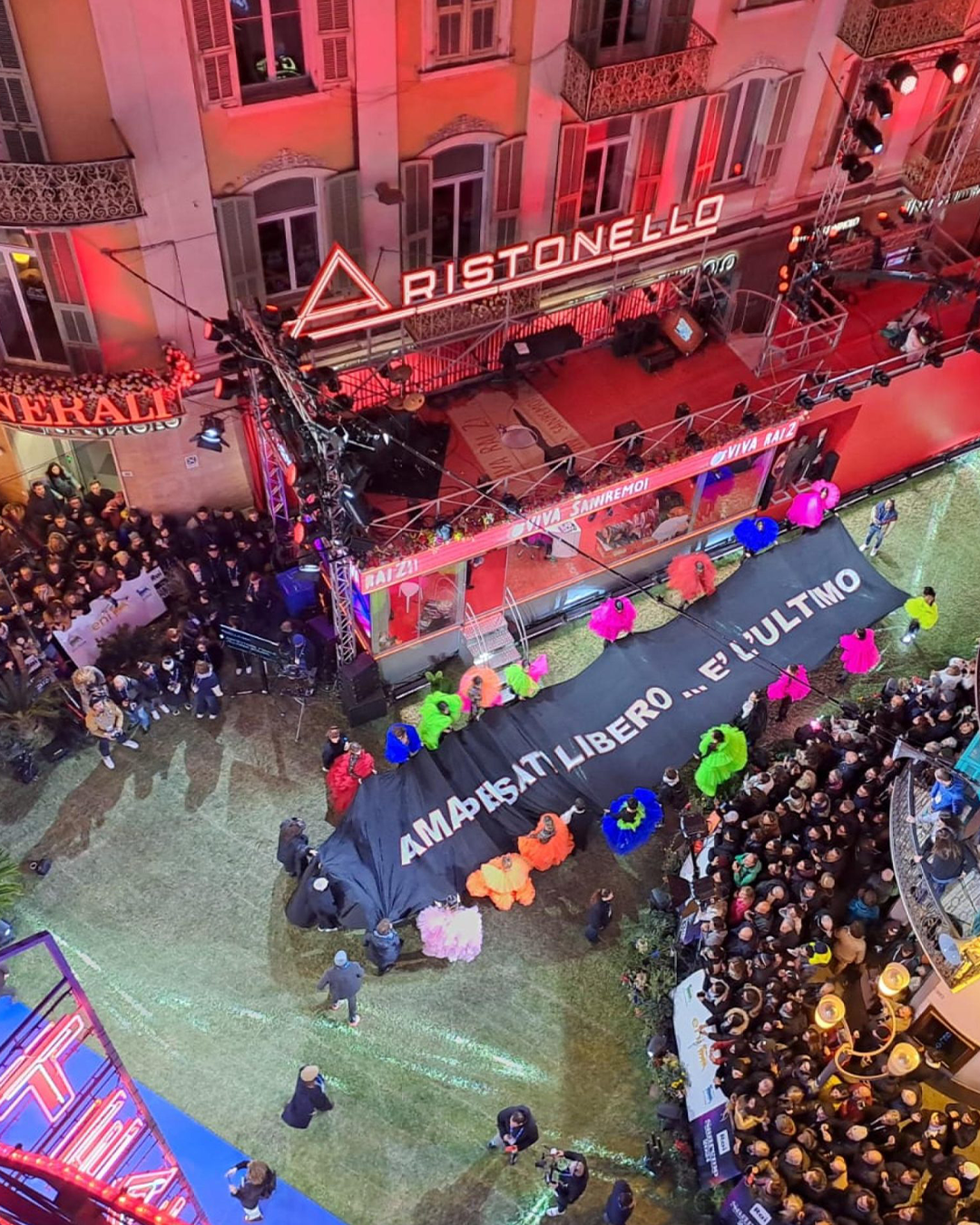
Televideo still exists The iconic portal on a black background persists
Recently, many users have realized that Televideo still exists, after a mistake involving it made headlines: during the Oscars ceremony, the service described the film Io Capitano – Italy's nominee in the category of “Best Foreign Film” – as a movie dedicated to the story of Francesco Schettino and the tragedy of the Concordia. According to what Fanpage reconstructed, the error would have been a result of automatic compilation by systems utilizing Televideo. Yes, because the service, still publishing thousands of pages a day, often resorts to instant content generation, likely mediated by artificial intelligence – hence the aforementioned mistake. But beyond this, Televideo – if one pays attention – remains a remarkable service because it has been able to withstand the arrival of the Internet and then digital terrestrial, maintaining certain peculiarities – so much so that it is still within Italian TVs today. The people who work there are over a dozen, and there is also an online version, which retains the iconic black-background layout. For a while, there was also a corresponding app available. Televideo covers a very wide range of news every day – from breaking news to weather conditions. Sports content is quite popular: for example, the respective pages generated during 2020 numbered over 30,000 – also because even minor sports like futsal, bowls, or table tennis are covered.
What is the history of Televideo
@effeesse.ux Il televideo sta per andare in pensione? Quando internet e gli smartphone non erano ancora diffusi si usava questo sistema per vedere in diretta informazioni utili come: i risultati calcistici, le notizie d’attualità, ecc.. Senza dover aspettare il telegiornale o le trasmissioni sportive ad esempio. La parola televideo richiama fortemente agli anni 90, come d’altronde il suo design che è pixelato e ricco di colori sgargianti. L’esperienza d’uso invece era davvero particolare, bisognava rimbalzare da una pagina all’altra digitando numeri sul telecomando. Ma ricordiamoci che all’epoca era un qualcosa di molto innovativo e che risolveva un grande problema per gli italiani, portando le informazioni in diretta, grazie alla televisione, un’ogetto che più o meno tutti avevano nelle proprie case a differenza di magari gli smartphone, computer e lo stesso internet. Voi conoscevate il televideo? Fatemelo sapere nei commenti! Seguitemi se vi fa piacere sostenermi #tv #televideo #design #tech #vintage #curiosita suono originale - Effe Esse
Televideo was born in September 1984 as a kind of very minimal newspaper accessible through TV. Rai itself described it as an innovative “browsable TV”. In a way, it represented a precursor to online information, being free, practically updated in real-time, and potentially always accessible. At that time, information was not constantly accessible: to stay updated on current events, you had to wait for a news broadcast or buy a newspaper the next morning. For this reason, Televideo had a significant impact on the country's journalism scene for about a decade: the service expanded, and the frequency of updates increased. At its peak, it hosted over a thousand pages in total and had an editorial staff of over 20 people, working full-time, along with numerous collaborators. Televideo also found itself competing with equivalent services from private television channels, including Mediaset's Mediavideo, launched in 1997. Its popularity continued into the early 2000s, always remaining very similar to its original form, both in its minimal appearance and essential, direct language.
What is Televideo today
The number of readers who use Televideo is difficult to estimate, also because there are no available data on this, but its audience is probably mostly elderly. In 2018, some internal surveys at Rai estimated that the service reached about 8% of the Italian population, which means several million people – similar to the penetration of online newspapers in the same year. Since 2013, Televideo is no longer an independent news service but has become part of RaiNews. Returning to public service broadcasting, its approach to news has always been very neutral, which has made it even more appreciated. The need for brevity in reporting news, along with its minimal layout, has done the rest. Interestingly, Televideo is effectively the most copied Rai brand, with about ten unofficial websites and apps replicating its pages. And the fact that the service still endures is by no means guaranteed: elsewhere, for example in the United Kingdom, the mere arrival of digital terrestrial television led to the closure of similar portals.















































